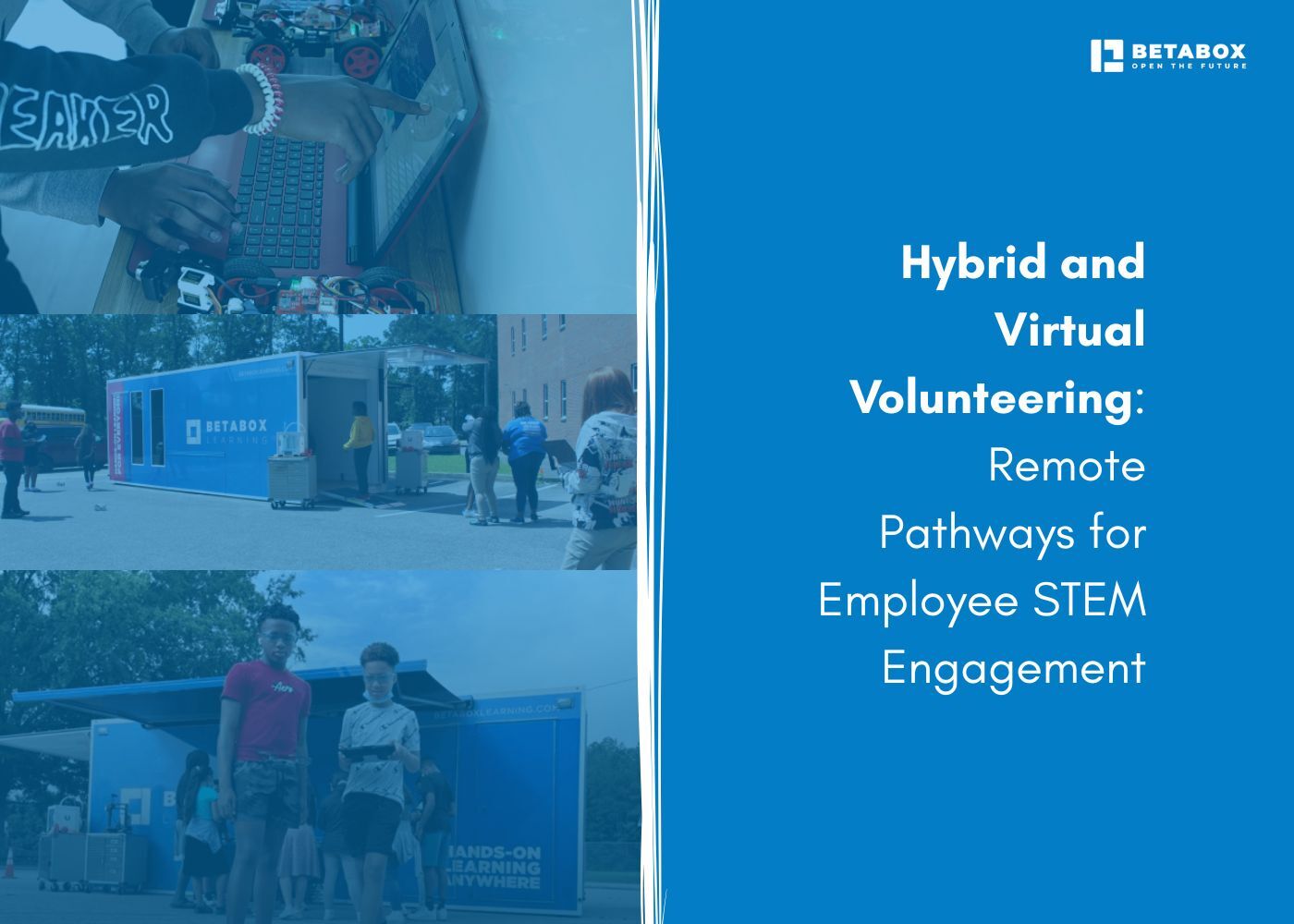
Hybrid and remote work are now embedded in the corporate landscape, changing how organizations think about employee engagement. CSR and HR leaders are tasked with finding volunteering opportunities that align with flexible work models while still making a measurable impact.
STEM education has become a natural focus. Students need exposure to real-world problem solving, and employees in technology-driven fields are uniquely positioned to provide that. Hybrid volunteering programs give employees meaningful roles in shaping the future workforce while meeting company goals for social responsibility.
Virtual volunteering opportunities became a lifeline during the pandemic, but their effectiveness has carried forward.
Organizations have discovered that online STEM mentorship and digital tutoring remove geographic barriers and make it easier for more employees to participate.
This approach ensures consistency. Instead of limiting engagement to employees based near schools or nonprofits, companies can activate global workforces. Students gain access to mentors with diverse skill sets, and employees who might have been excluded due to travel or scheduling are able to contribute.
Virtual models also help CSR leaders create equity. Schools in rural or under-resourced communities can access expertise they may never have locally, leveling the playing field for students.
Effective CSR is measured by both employee development and community outcomes. Employee STEM engagement offers distinct benefits on both fronts.
For employees:
For companies:
This balance ensures that the impact is both inward, supporting employees, and outward, advancing education equity.
The most effective formats are those that provide structure, clarity, and direct student benefit.
Programs succeed when they are not ad-hoc but tied to clear learning outcomes and when employees are provided with the right preparation to deliver value.
Many companies now combine the best of both worlds. Hybrid CSR initiatives start with in-person experiences, like supporting a STEM field trip, and then extend online through continued mentorship.
This model allows employees to make an immediate impact through face-to-face activities while sustaining engagement through digital follow-ups. It prevents one-time events from becoming isolated moments and instead builds ongoing student relationships.
Hybrid structures also give companies flexibility. Local offices can engage directly with nearby schools, while remote employees still contribute online, ensuring no team member is excluded.
A strong digital backbone is essential for hybrid and virtual models. Modern digital volunteering platforms make management and participation seamless by integrating:
CSR leaders benefit from having both operational efficiency and credible data to demonstrate program success. This ensures stakeholders, from executives to community partners, see clear evidence of impact.
Every innovation comes with obstacles. The most common include:
When these issues are anticipated and addressed, virtual and hybrid volunteering can be as impactful as in-person models.
The direction of CSR is clear. Hybrid and virtual models are here to stay, supported by employee demand for flexibility and organizational need for scalable impact.
The future will likely involve even more personalization. Programs will match employees with students based on interests, skillsets, and long-term goals. Data analytics will refine measurement, making it easier to show outcomes that matter both to students and company stakeholders.
Most importantly, hybrid and virtual volunteering will continue to unlock access to STEM mentors and role models in communities that have historically been underserved.
Betabox exists to open the path into technology for students everywhere. For companies looking to align CSR with measurable STEM outcomes, Betabox designs programs that connect employee expertise with student opportunity.
With over 500,000 students served across 150+ districts, Betabox specializes in hands-on STEM learning that pairs naturally with hybrid CSR initiatives. By combining projects, digital career tools, and on-site field trips, Betabox creates scalable pathways for employee volunteering.
Organizations interested in building impactful partnerships can learn more about joining the Betabox partner network. These collaborations ensure employees gain meaningful engagement while schools gain access to resources that spark student futures.
What are examples of hybrid STEM volunteering programs?
A typical example is employees supporting a hands-on STEM field trip, then continuing student mentorship virtually for weeks after.
How can employees volunteer virtually for STEM education?
Employees can mentor, tutor, lead career talks, or guide project challenges through secure digital platforms.
Why is hybrid volunteering important for corporate social responsibility?
It enables flexible participation across remote teams while creating sustained student engagement beyond one-time events.
What skills do employees gain from virtual STEM volunteering?
Employees develop leadership, communication, and technical explanation skills while contributing to educational equity.
Which platforms support online volunteering in STEM fields?
CSR leaders often use secure video conferencing, learning management tools, and CSR software for tracking engagement and outcomes.


Ready to learn how Betabox resources can be implemented at your school or District?
Book a Blueprint Call

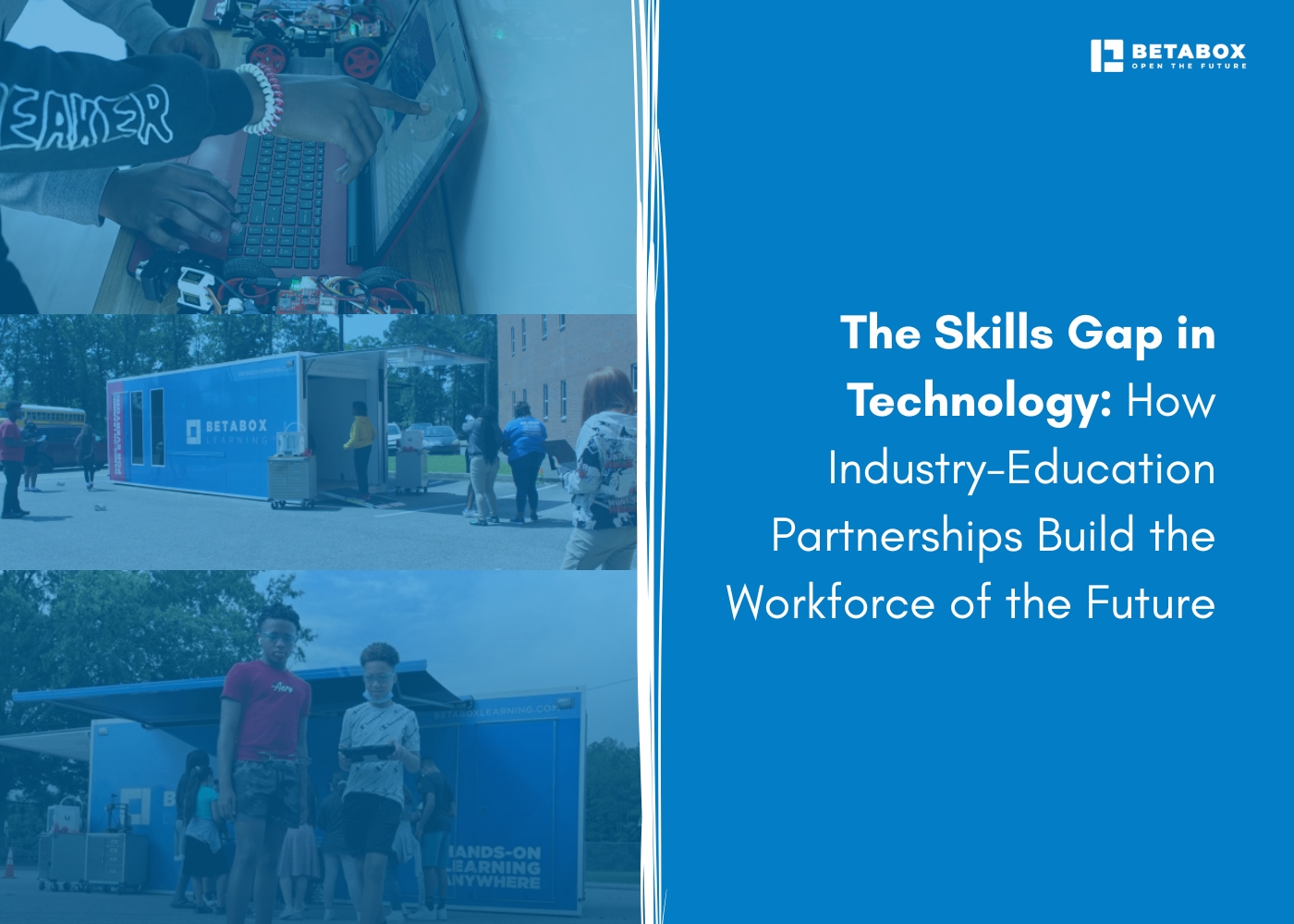

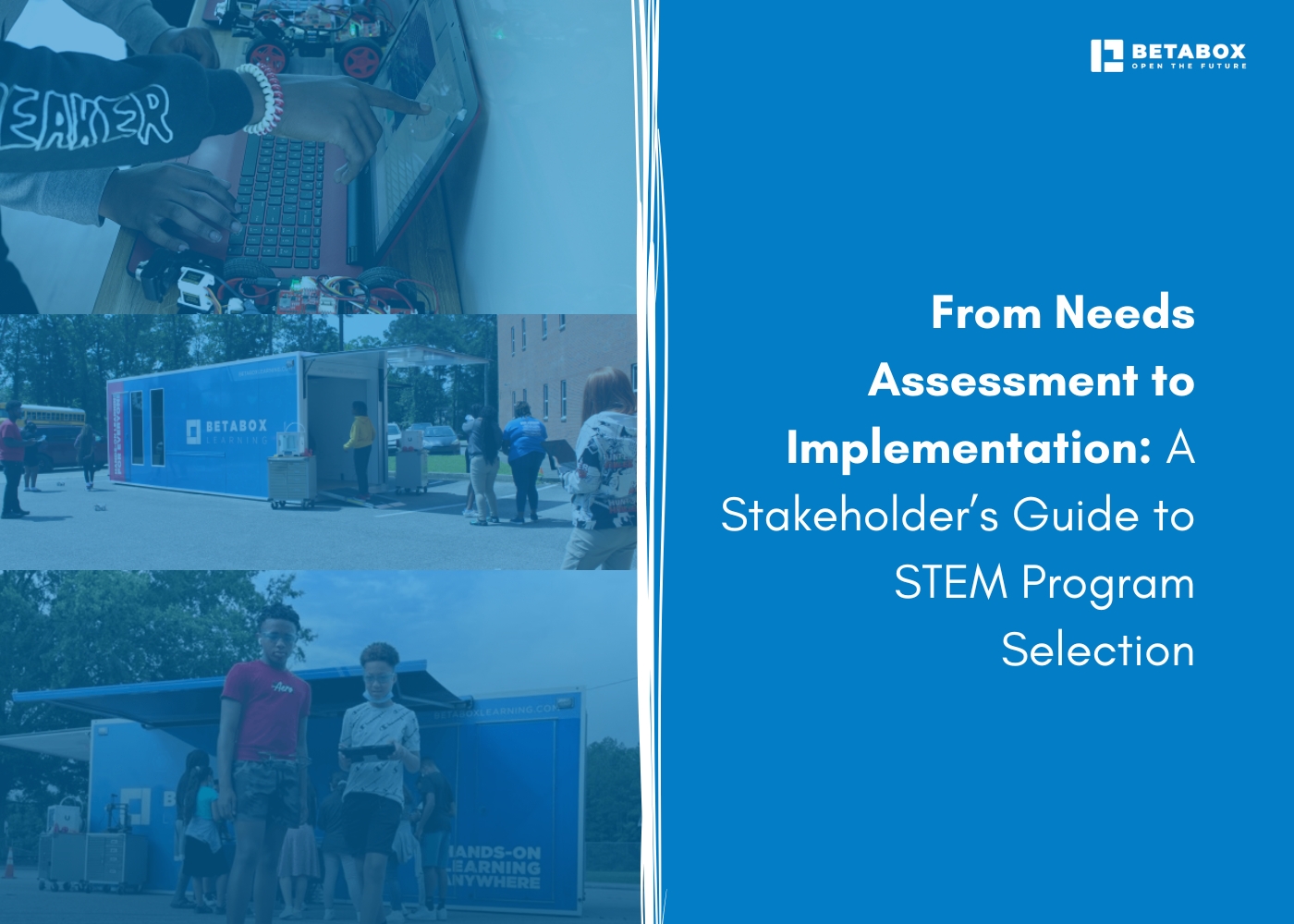

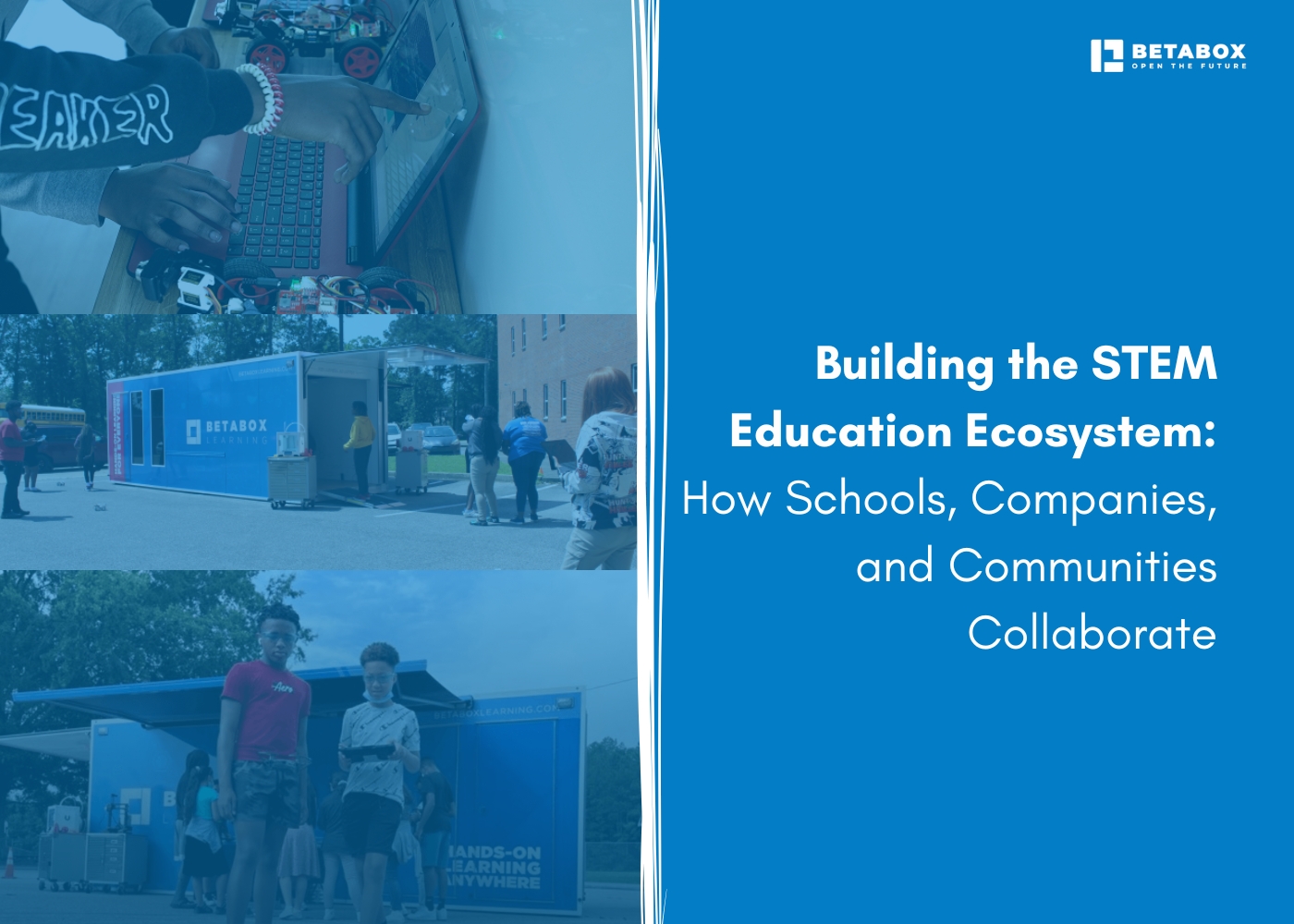

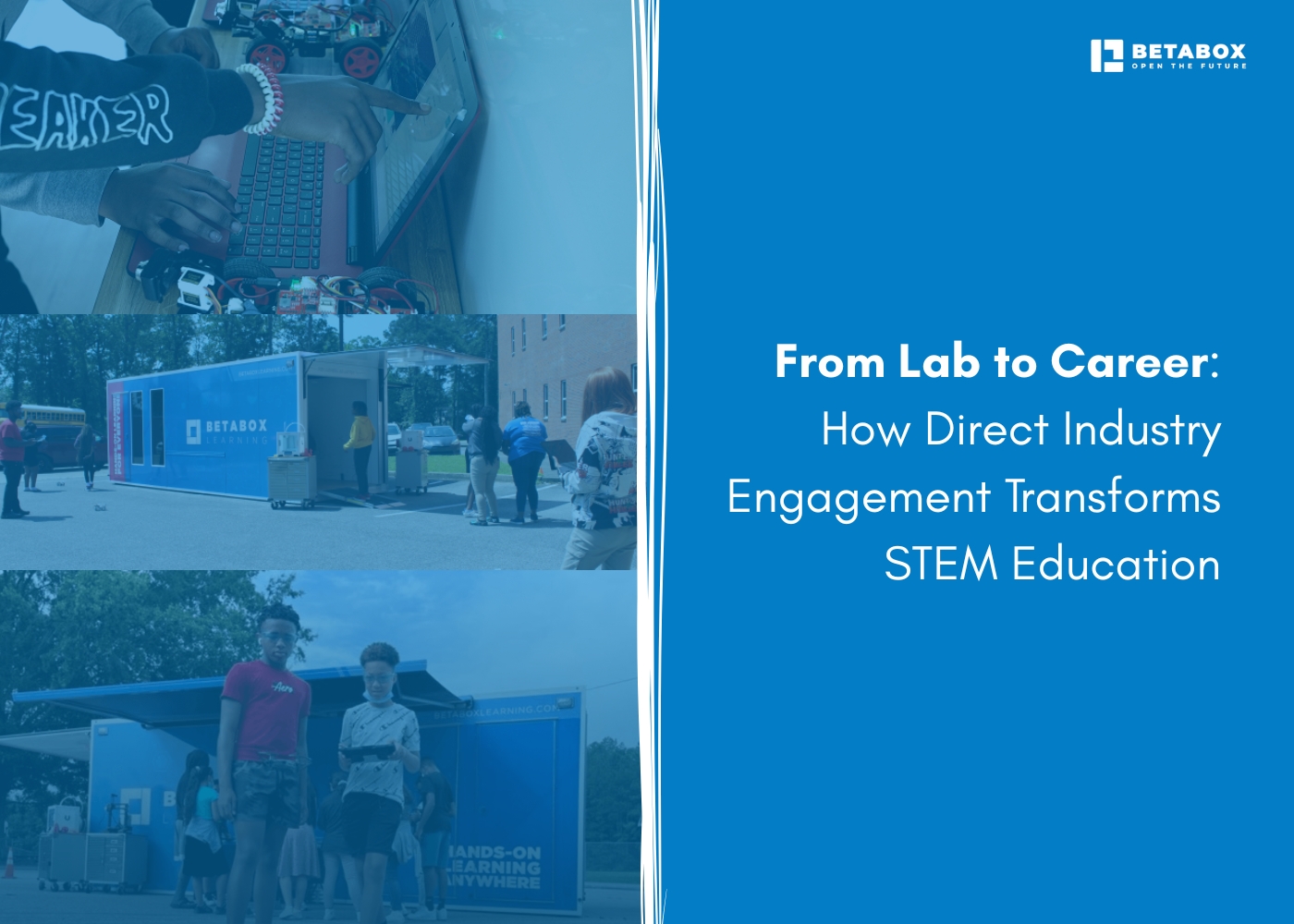

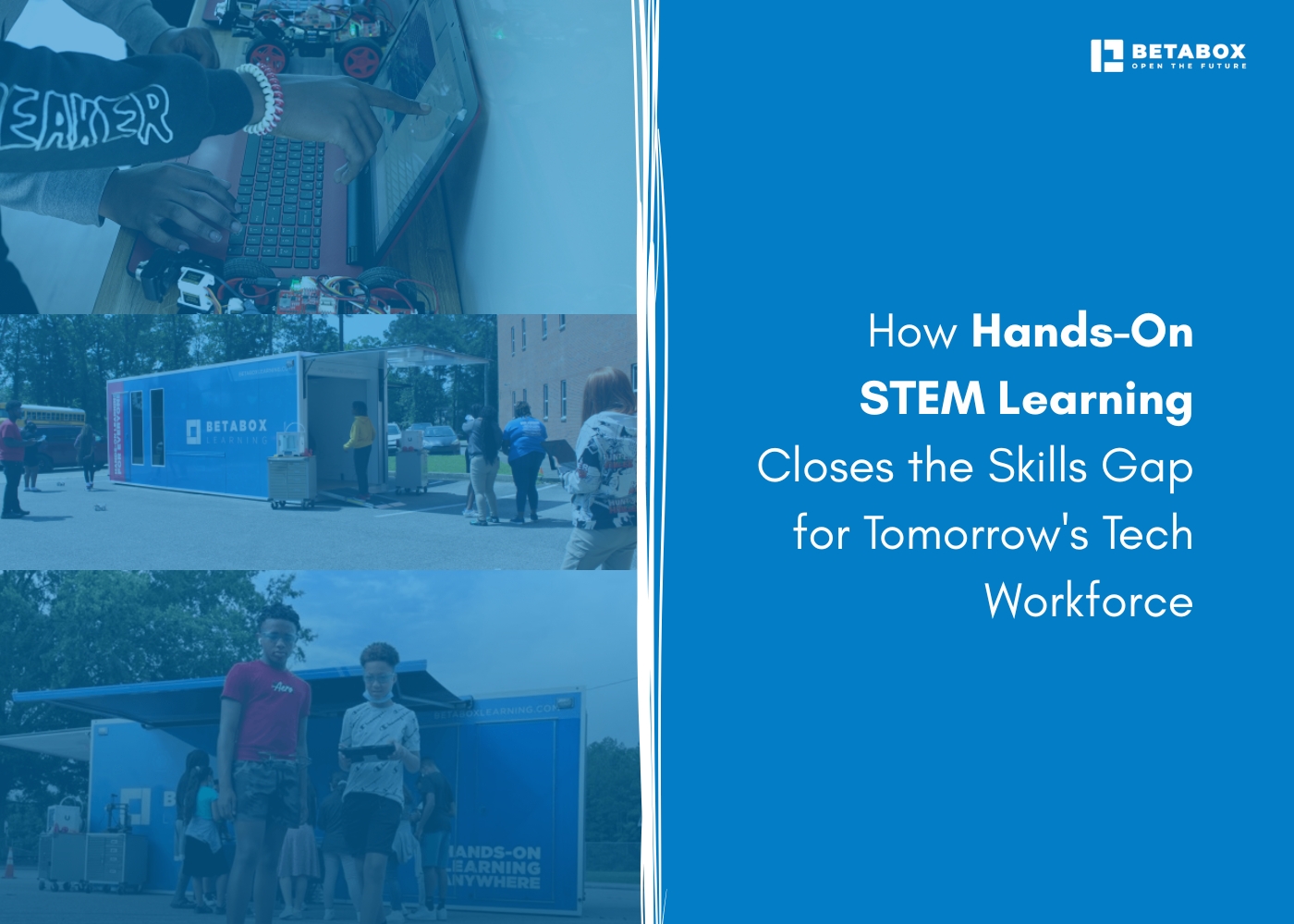

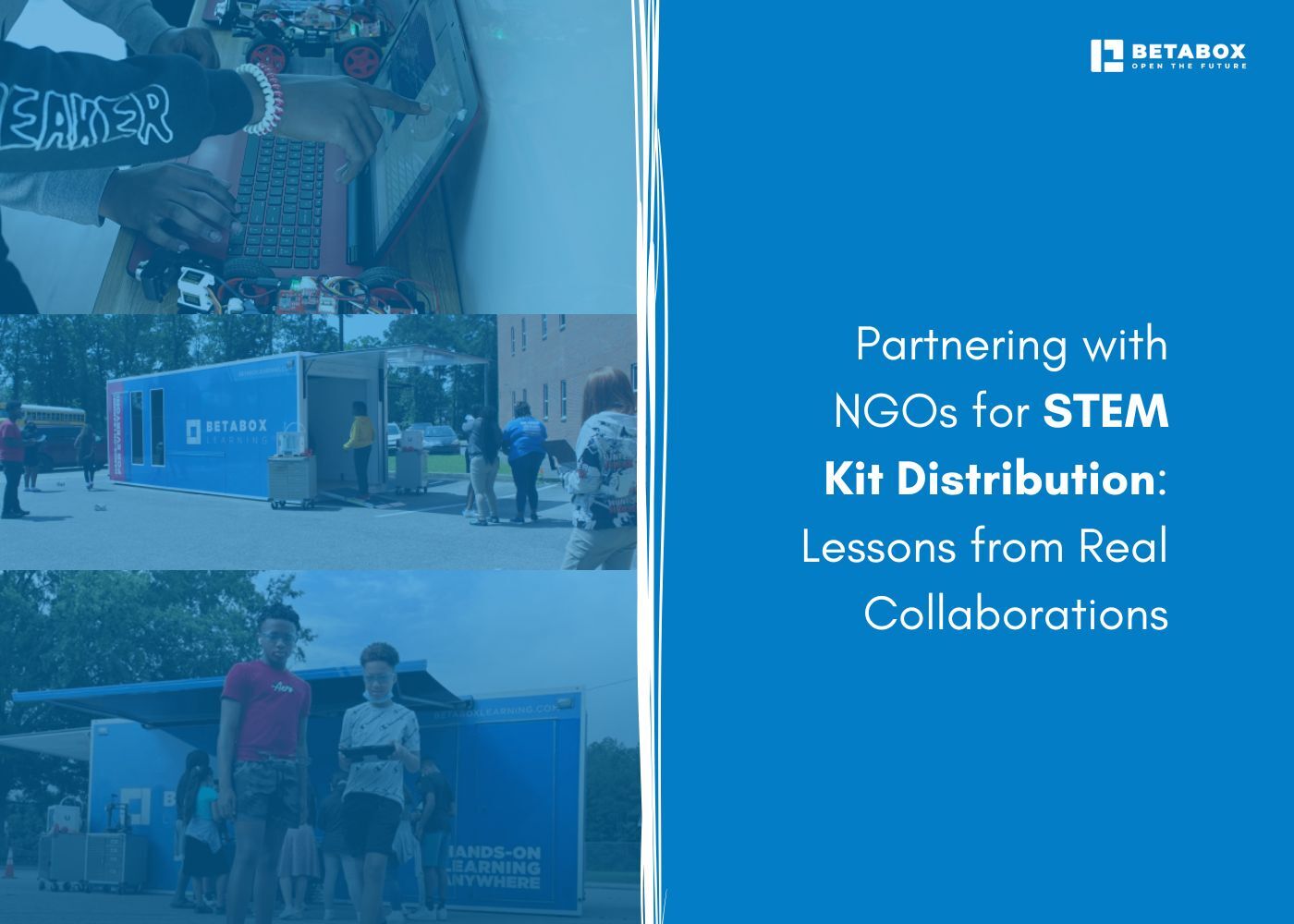

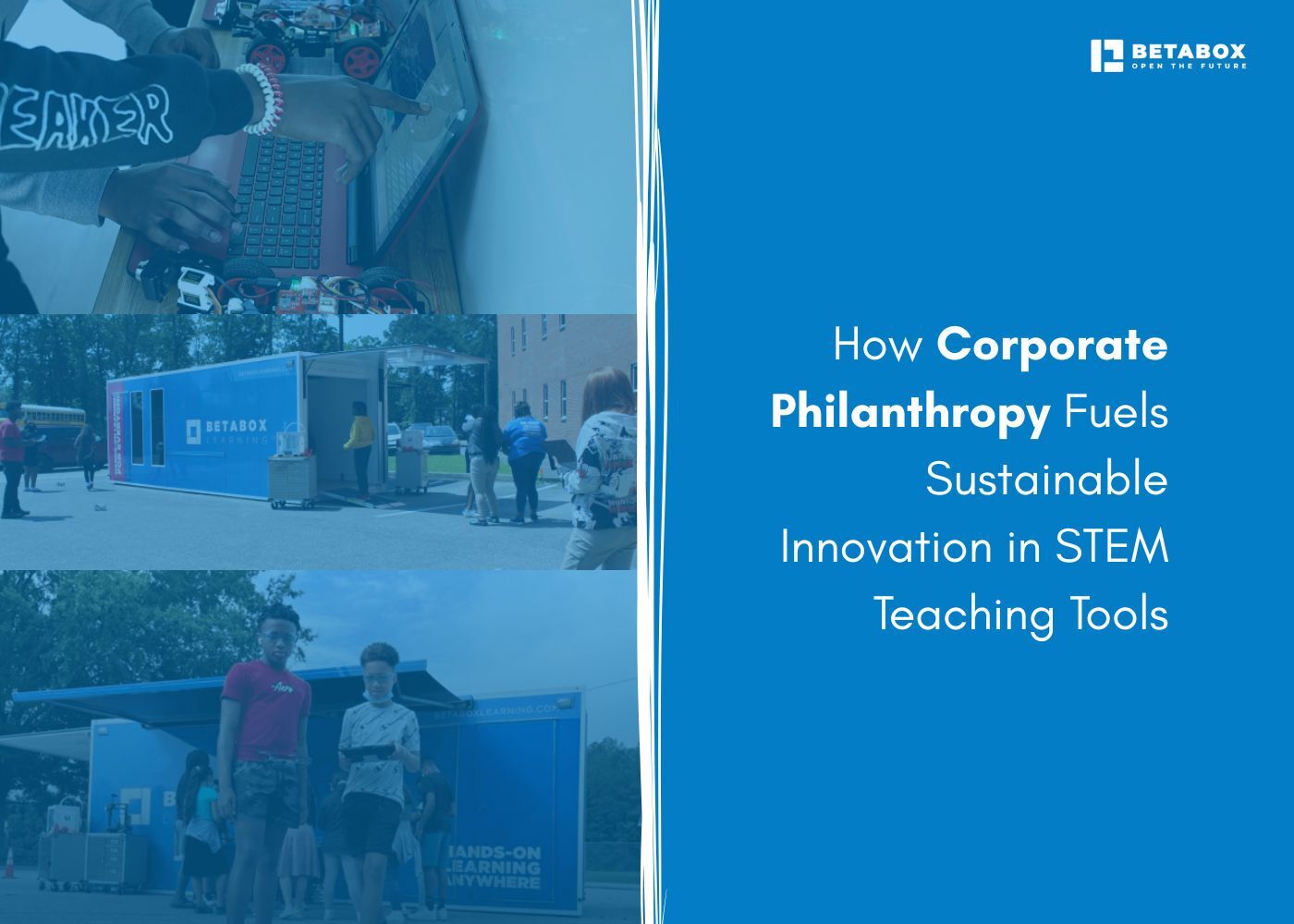

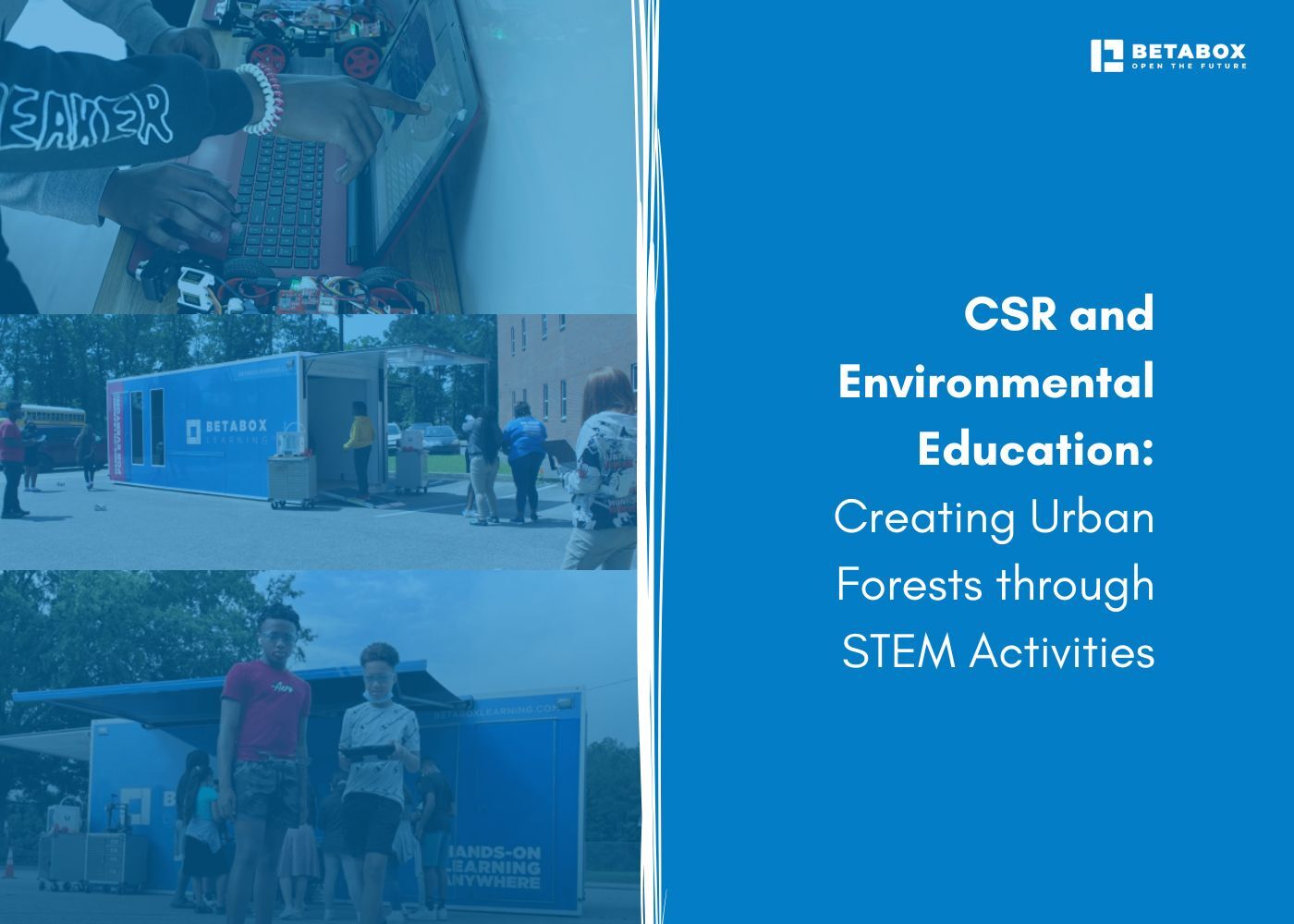

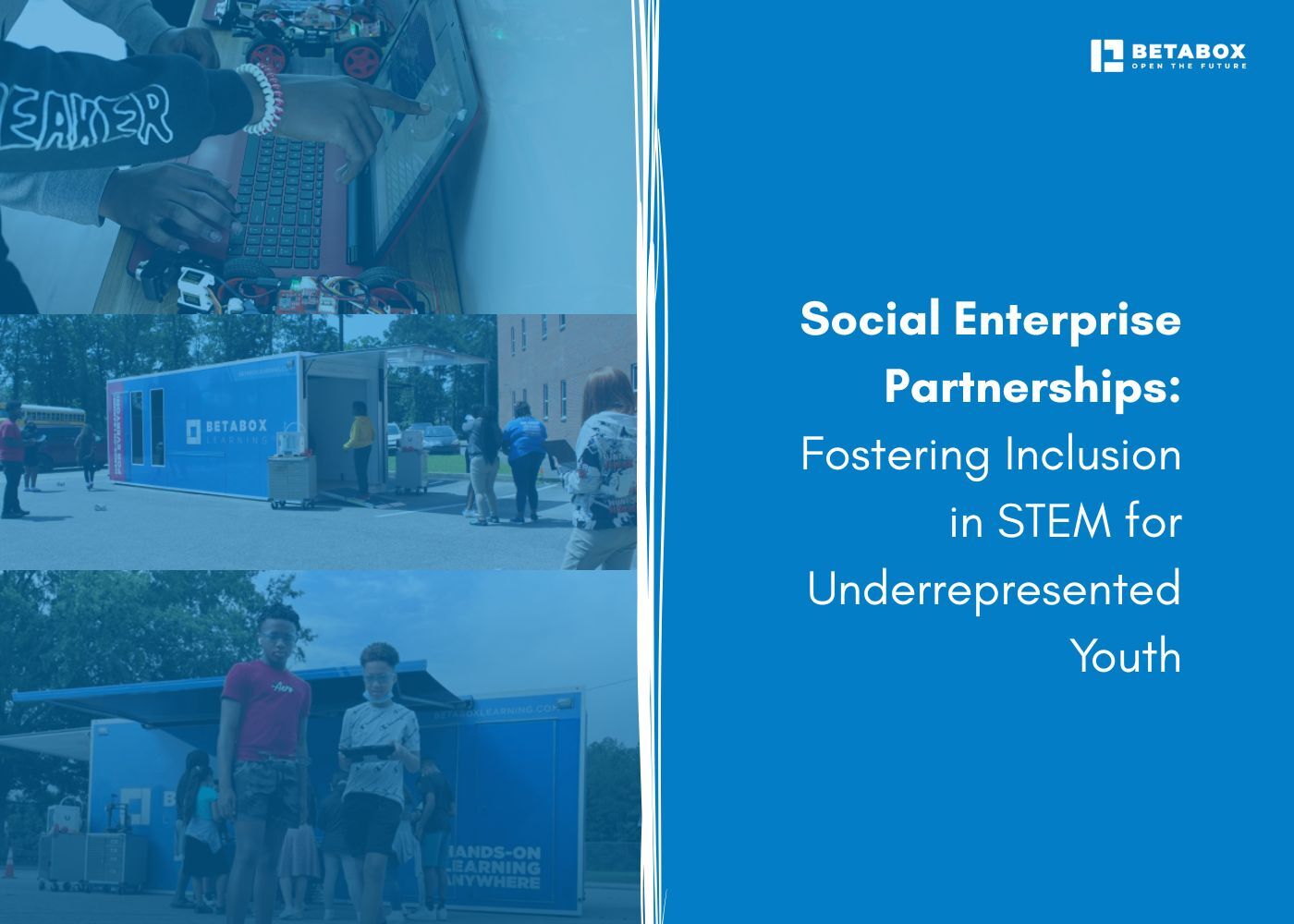



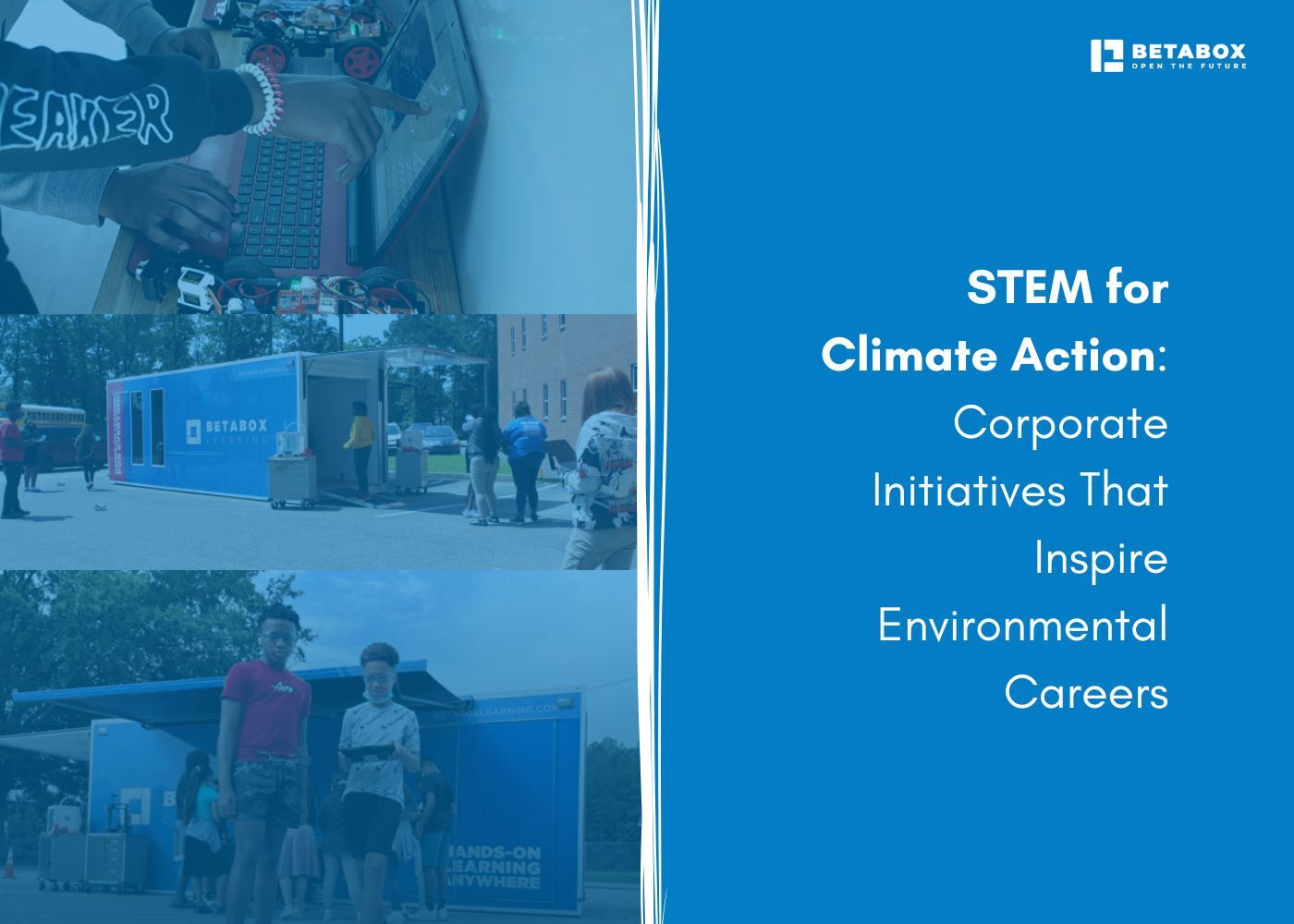



At Betabox Learning, we are passionate about making hands-on STEM curricula accessible to all students.

Join our newsletter to stay in the loop on all things Betabox and the future of STEM education.
By submitting your email address, you agree to our Privacy policy and Terms of Service. You can unsubscribe any time via the link in your email.
© 2025 Betabox. All Rights Reserved
